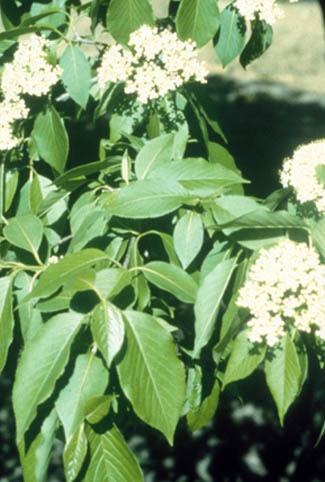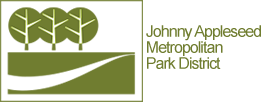 Viburnum lentago
Viburnum lentago
Native to the northern United States, nannyberry is a small tree to large shrub reaching heights of 25’ at maturity. Twigs are grayish brown, slender and straight, the buds pinkish-brown, slender and up to ½ inch long with flower buds appearing swollen at the base. Older bark becomes dark gray with deeply checkered furrows. Main stems are typically multiple from base, often forming thick colonies from root suckers. The leaves are 2-4″ long, ovate in shape and serrated along their margins. The leaf bases are rounded to broadly wedge-shaped, while the leaf tips taper abruptly, becoming long and slender. Panicles of showy white and yellow flowers about 2-5″ across occur at the tips of young shoots. The nannyberry blooms for about 2 weeks in the late spring. The fruits of Nannyberry are eaten by many upland gamebirds and songbirds, including the Ruffed Grouse, Northern Bobwhite, Ring-necked Pheasant, Northern Flicker, Gray Catbird, American Robin, Hermit Thrush, Eastern Bluebird, Cedar Waxwing, Rose-breasted Grosbeak, and Purple Finch. Birds that use Viburnum spp. as sites for their nests include the White-eyed Vireo, Indigo Bunting, Prairie Warbler, and Catbird.



